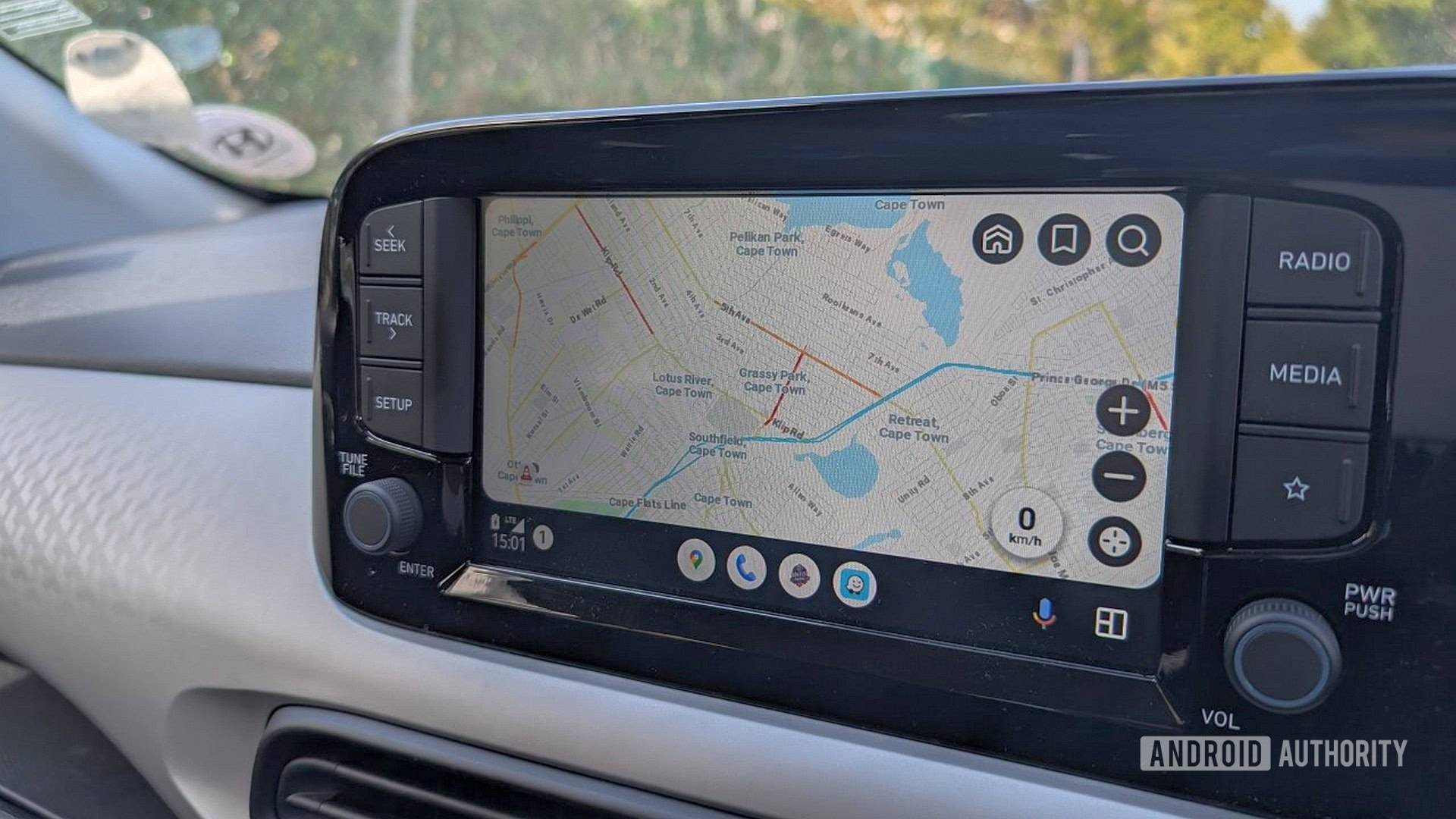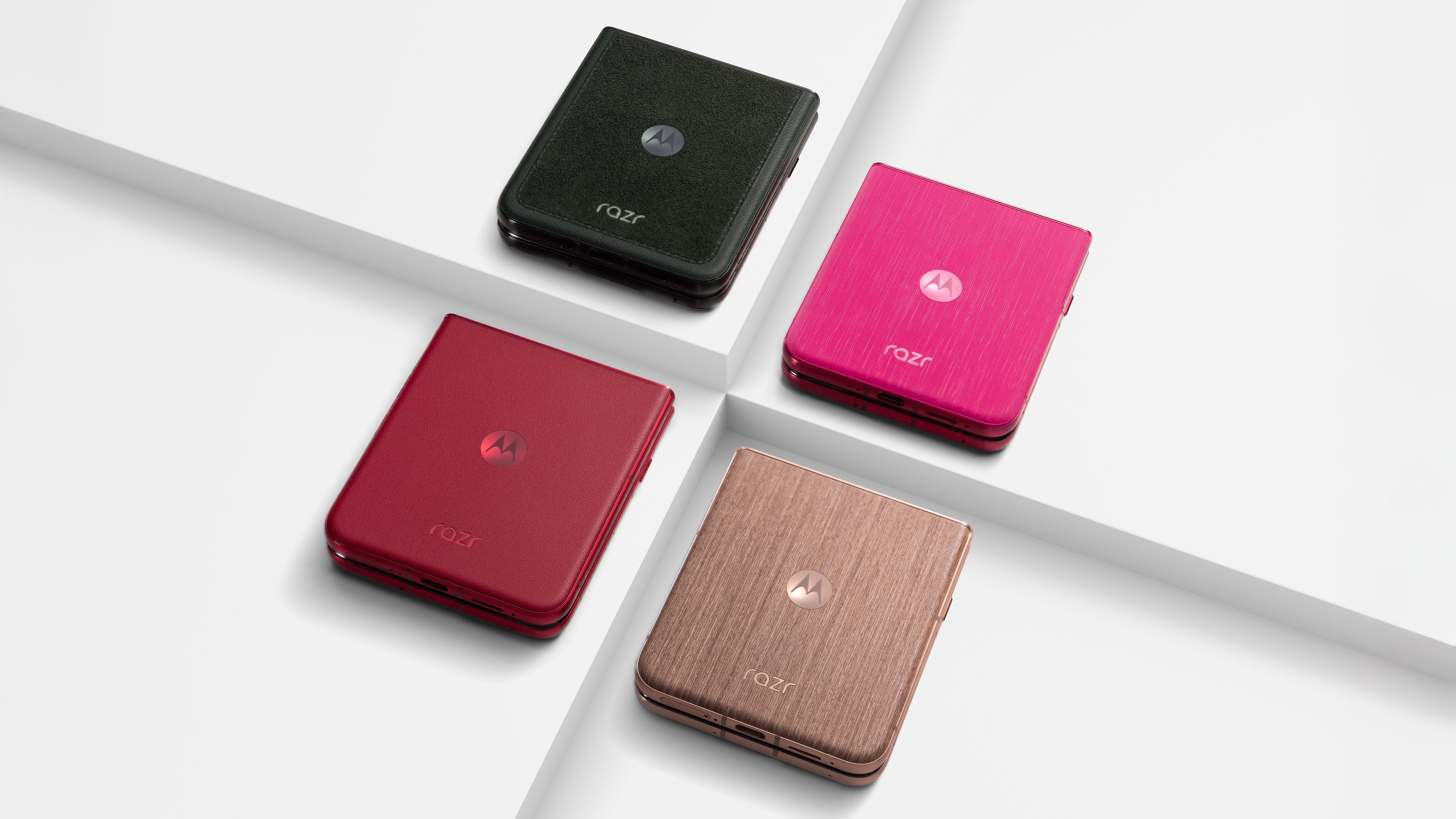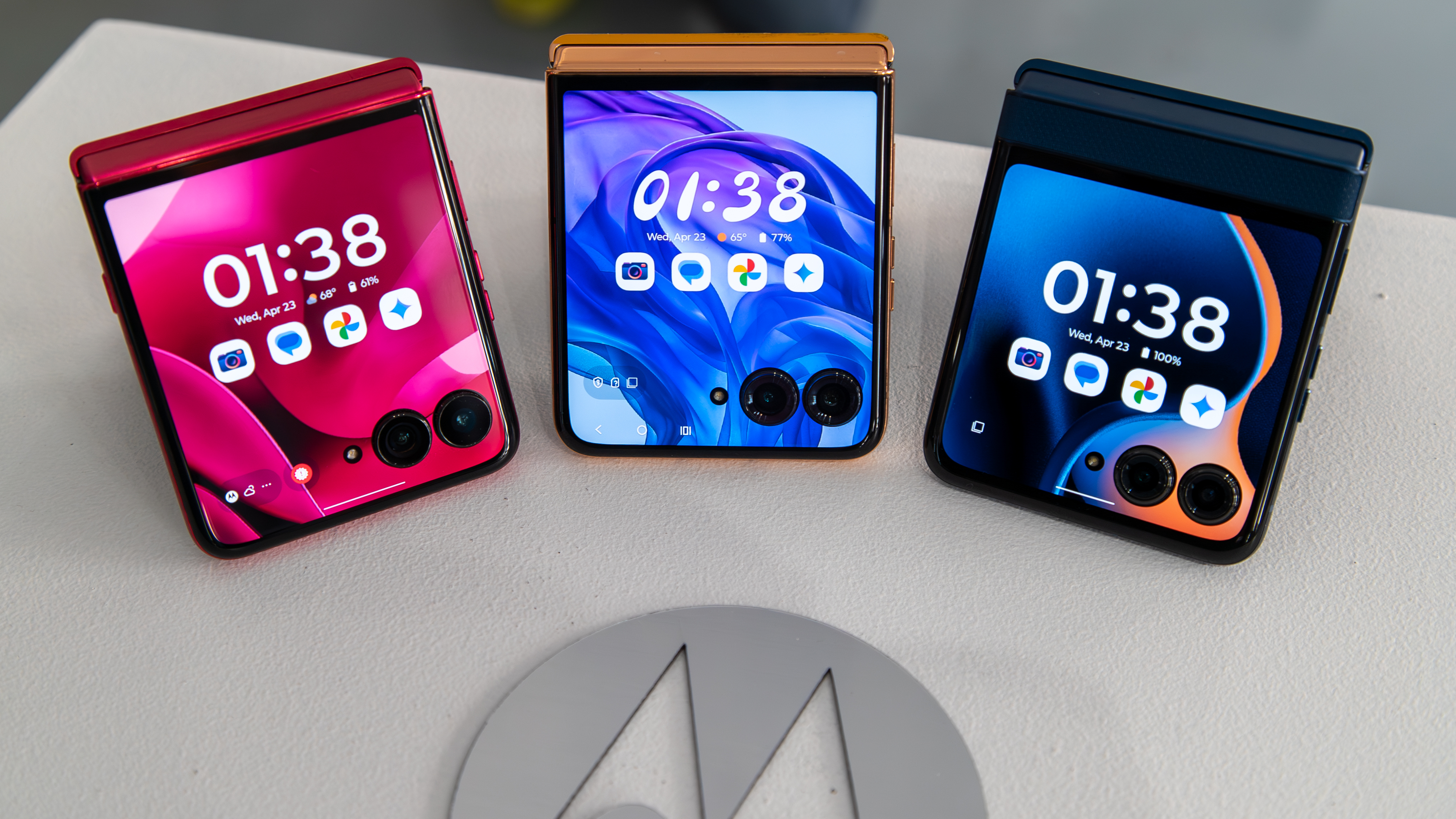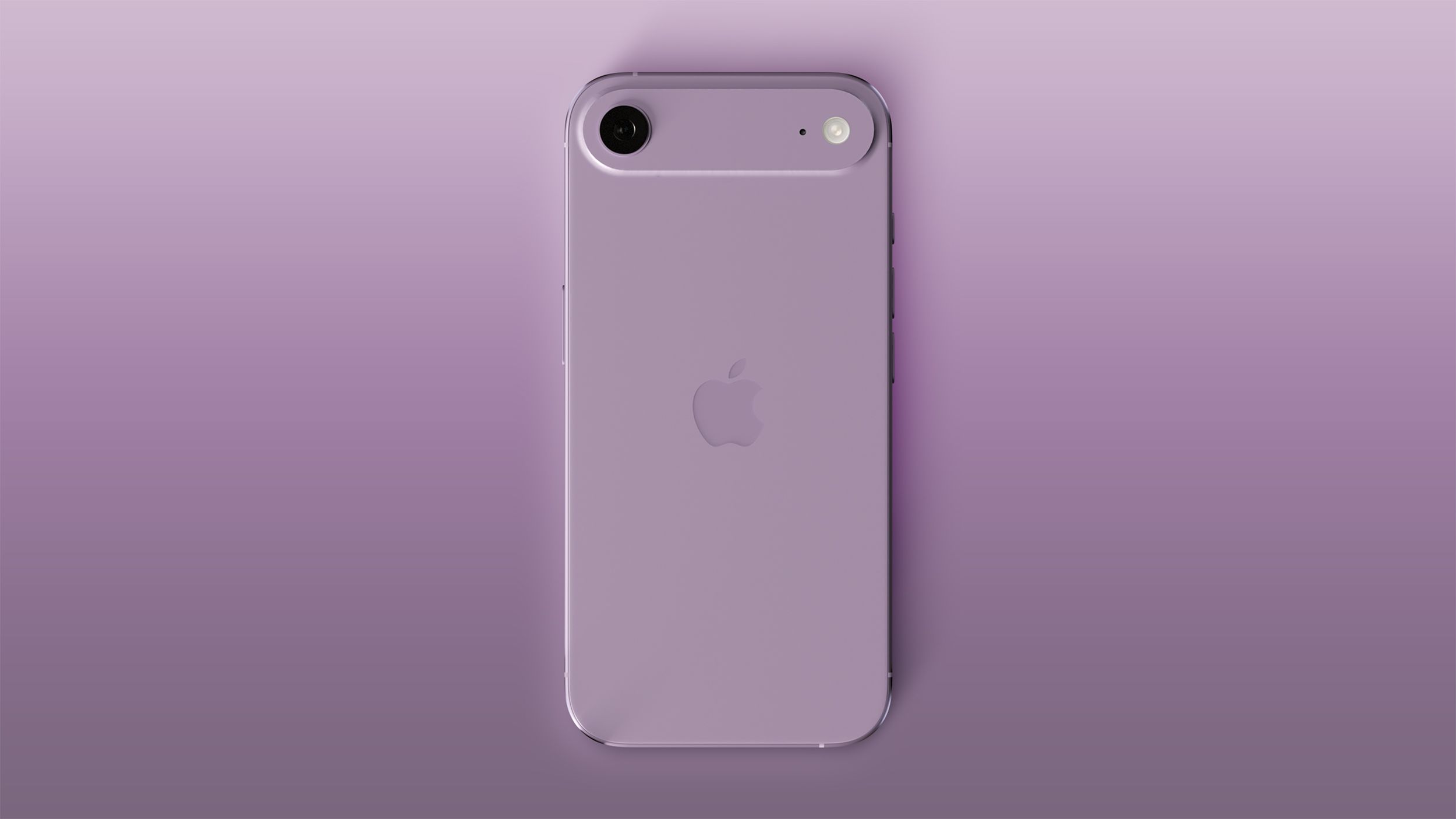Expanding Android Auto: A Call for Passenger Phone Support

In the ever-evolving landscape of automotive technology, Android Auto stands out as a favorite among users, particularly for those who enjoy seamless integration between their smartphone and car. As Andy Walker from Android Authority aptly notes, every time he enters his vehicle, Android Auto boots up reliably, providing immediate access to a myriad of applications and audio content, along with Google Maps displaying real-time traffic updates. This feature makes it a dependable driving companion. However, the user experience shifts dramatically when it comes to utilizing Android Auto from the perspective of a passenger.
Poll data shows that there is a significant interest in enhancing Android Auto's functionality. A recent survey revealed that 61% of participants expressed support for enabling inputs from a passenger's smartphone, while 39% felt that such a feature was unnecessary. This divide highlights a growing desire for more inclusive technology that better serves all vehicle occupants.
Currently, the design of Android Auto primarily favors the driver, which can lead to frustrations for passengers, particularly during longer journeys. C. Scott Brown, also from Android Authority, shares his experience of driving with his partner, who often takes on the role of DJ, curating the music and alerting him to notifications. However, the limitations of Android Auto mean that unless the passenger is using the drivers connected smartphone, they find themselves unable to access their own media or applications. For instance, if the passenger wishes to listen to an audiobook stored on their device, they are unable to do so through the Android Auto interface.
This limitation requires passengers to rely on the driver to access content, creating potential distractions as they try to guide each other through the controls of the car's system. The current setup leads to a less-than-ideal experience, as passengers find the need to interact with the car's screen directly, which can be distracting and cumbersome for the driver.
Walker proposes a solution that could significantly enhance the functionality of Android Auto: allowing passengers to use their smartphones to control the system. Such an implementation would enable passengers to manage music, access apps, and share content directly to the car's display without needing to access the drivers phone. This would minimize distractions and provide more independence to passengers, allowing for a smoother and more enjoyable ride for everyone.
Another innovative idea is to introduce multi-user support within Android Auto. This feature would permit two phones to connect simultaneously, allowing for a collaborative experience where the passenger can play their music via Spotify while navigation continues to run from the drivers device. This would not only be beneficial for couples sharing driving duties but also for users who juggle work and personal devices.
Interestingly, Google has already taken steps towards this functionality, although not through Android Auto. The company has developed Android Automotive, a fully integrated car operating system that supports features like Concurrent Multi-User, allowing different user environments to operate simultaneously on the same vehicle display. This means that while the driver accesses navigation and alerts, passengers can enjoy their apps and media concurrently.
However, Android Automotive's advanced capabilities are more easily implemented because it is integrated directly into the vehicle's hardware, making multi-user support less complex compared to Android Auto, which is essentially a projection of mobile device content. Despite these challenges, there is still potential for Google to explore similar functionalities within Android Auto.
While there are workaround solutions available, such as connecting a passenger's phone via Bluetooth to play media, these do not fully resolve the limitations of Android Auto. It is essential to recognize that the need for passenger phone support or multi-user capabilities may not be a widespread demand, but it represents a niche that could enhance user experience significantly. As technology continues to advance, the need for a more passenger-friendly interface in Android Auto is certainly worth considering.

























